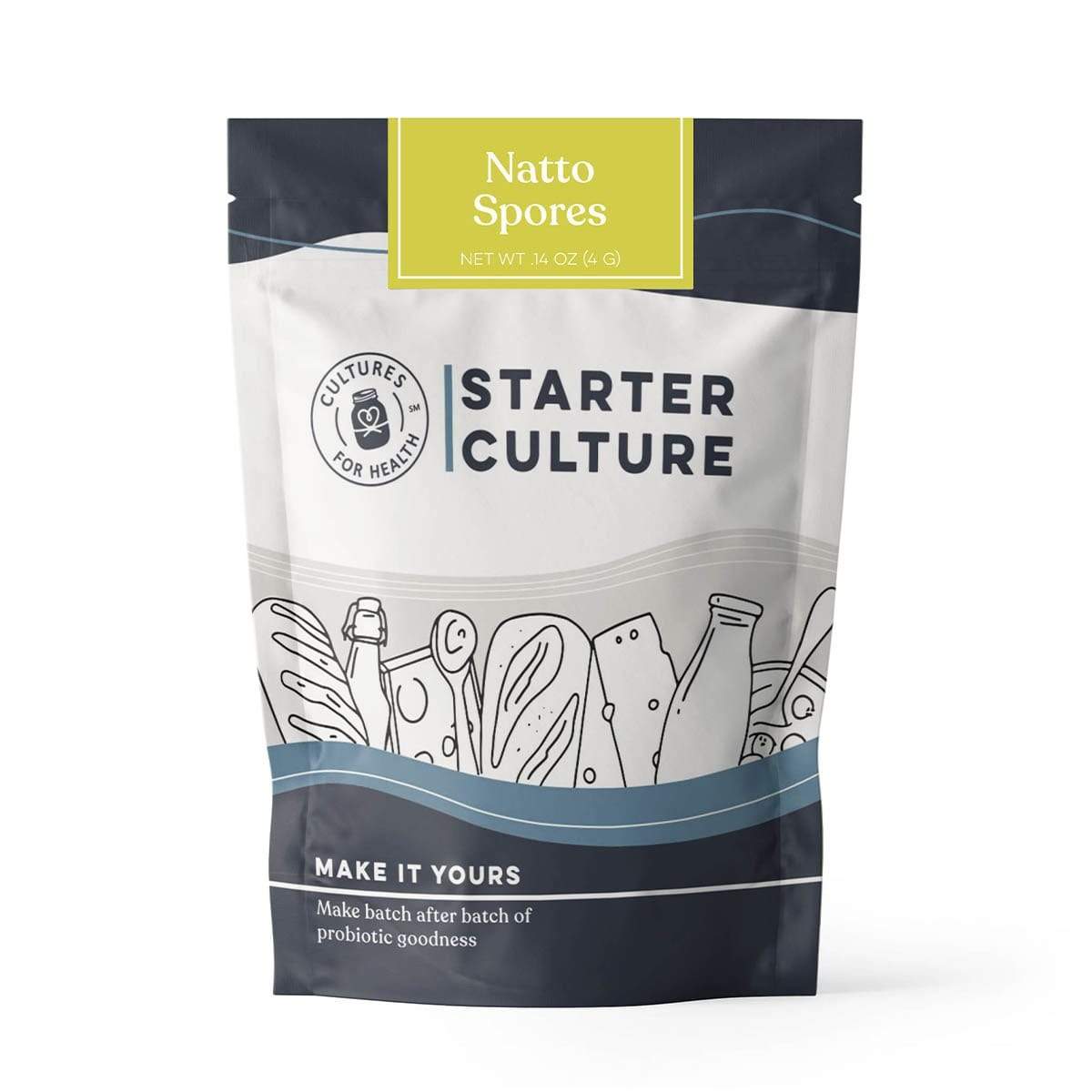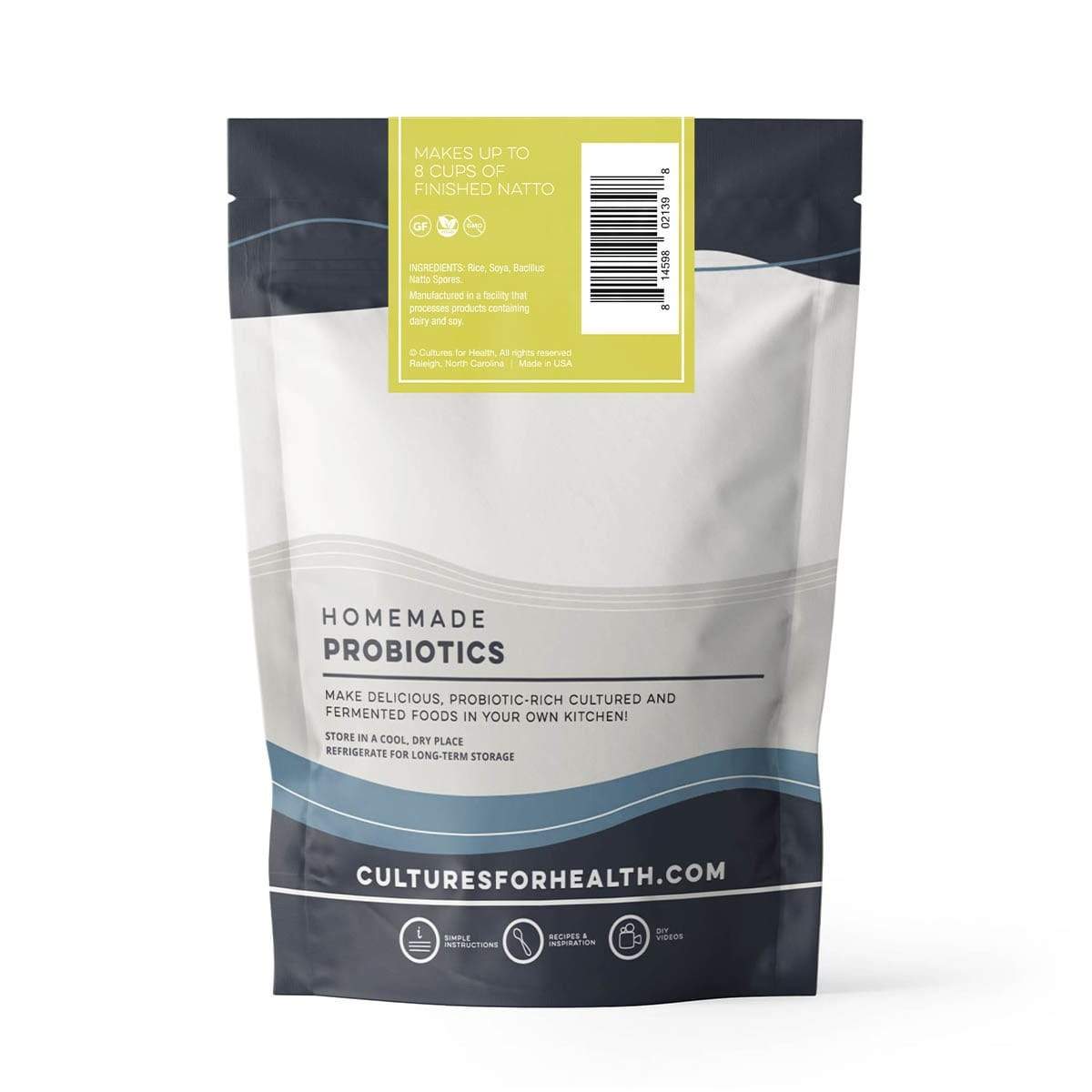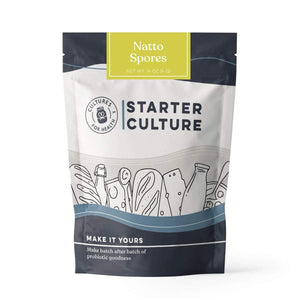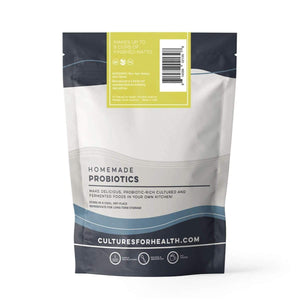
WHY FERMENT SOY?
One of the health trends over the past ten years is the consumption of soy, particularly as a high-protein option for those who choose not to consume meat.
Many of the recipes and methods for preparing soy are based on traditional Asian recipes for soy-based foods. Typically, many of these foods involve fermented soy, which has different properties than non-fermented soy.
WHAT'S IN FERMENTED SOY?
Non-fermented soy includes a number of substances, including:
Goitrogens
Like many vegetables, soy contains substances that can block or reduce the production of thyroid hormones, thus affecting other hormonal balances.
Phytic Acid
This anti-nutrient binds with minerals in your body and removes them. An over-consumption of foods with phytic acids can cause a depletion of essential minerals.
Oxalic Acids
A high concentration of oxalates can produce inflammation, resulting in discomfort, and can prevent the absorption of calcium, an essential nutrient.
Enzyme Inhibitors
These substances block the ability of the body's natural enzymes to break down food into nutrients that can be assimilated.
Over-consumption of any type of food containing these substances can cause nutritional imbalances. However, the fermentation process breaks down enzyme inhibitors, produces phytase which neutralizes phytic acid, and decreases the goitrogenic properties of soy. Because of these changes, most traditional Asian soy recipes involve fermentation.
Furthermore, when fermented, soy is generally consumed in smaller amounts. The reduction in the intake of soy further minimizes the effects of the anti-nutrients while still providing the protein and flavor benefits of soybeans.
VARIOUS FERMENTED SOY PRODUCTS
Natto Starter
Miso
Miso is a thick paste made by fermenting soybeans with a koji bacteria. Most people know miso as a main ingredient in dashi and miso soups. It can also be used to pickle vegetables and meats or as a flavorful ingredient in sauces and salad dressings.
It is high in protein, vitamins, and minerals making it a well-loved food by even the poorest of Japanese during the age of feudal Japan.
Tempeh
Tempeh is a soybean product in which whole soybeans are fermented with specific type of fungus and pressed into a cake-like form similar to what you would see in a vegetarian bean burger. Tempeh is a popular meat substitute as the fermentation gives it meat-like nutritional and textural properties.
Tempeh originated in Indonesia and is still very popular among the Indonesian population. It is often sliced and fried, battered and fried, roasted, grilled, or crumbled to make something like a taco meat.
Soy Sauce
Soy Sauce, a fermented soy product very familiar to Americans, is fermented with the aspergillus bacteria. It is made by boiling a paste of soy beans and a grain with this bacteria and then pressing it to produce a liquid which is the sauce.
Soy sauce is often used as a condiment to season rice dishes in Asia, especially in China where it originated.
Natto
Natto is a traditional staple of the Japanese diet fermented with the Mitoku natto spores and is often eaten at breakfast. It is very high in protein, vitamins, and minerals, especially vitamin K.
Natto is definitely an acquired taste, though, as it has a strong flavor and odor and a bit of a stringy texture. But its highly nutritious nature makes it quite popular still in areas of Japan and around the world.






















